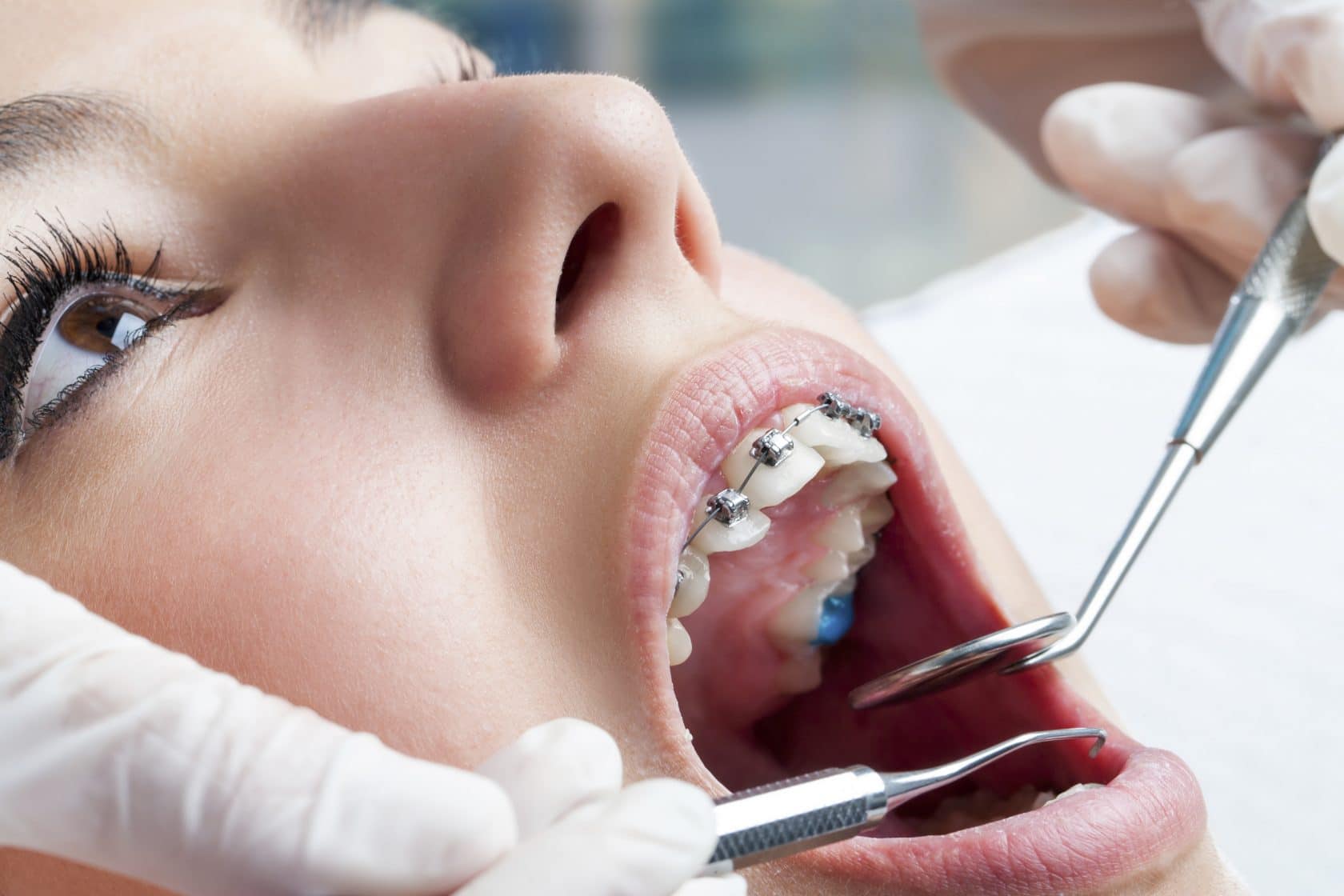What Establishes Cumming Braces and Aligners In Addition To Various Other Orthodontic Treatments
Wiki Article
Comprehensive Overview to Orthodontics Procedures for Correcting Oral Imbalances
Comprehending the intricacies of each treatment, including their devices, benefits, and potential downsides, is critical in making notified decisions regarding one's orthodontic therapy. As we navigate with the extensive overview to orthodontic treatments for fixing dental imbalances, the elaborate details of each approach will unfold, shedding light on the path towards a practical and harmonious dental placement.Orthodontic Procedures Summary

Along with clear aligners and standard dental braces, orthodontists might additionally suggest other treatments like headgear, palatal expanders, or retainers to resolve details alignment issues (orthodontics). These procedures are customized to every patient's one-of-a-kind needs and might include a combination of treatments to achieve the wanted results. Routine modifications and surveillance are important components of orthodontic treatment to guarantee progression is on track and to make any necessary modifications along the way. By undertaking orthodontic treatments, individuals can not just accomplish a straighter grin but additionally boost their general oral wellness and feature.
Traditional Dental Braces: How They Function
When thinking about orthodontic therapies for dental misalignments, standard braces attract attention as a time-tested technique for remedying teeth positioning. Typical braces contain braces, cords, and bands that collaborate to use continuous stress on the teeth, gradually moving them into the desired alignment. The braces are connected to the teeth using an unique adhesive, and the wires are threaded with the braces. By changing the tension of the cables, orthodontists can regulate the direction and force put on each tooth, assisting them right into correct placement gradually.
One secret element of how traditional dental braces job is the procedure of bone remodeling. As stress is related to the teeth with the braces, the bone bordering the teeth is reshaped to sustain the brand-new tooth placements. This improvement is important for the long-lasting security of the dealt with placement. Individuals will require routine modifications at the orthodontist's workplace to guarantee the braces proceed to apply the appropriate stress for effective teeth activity.
Invisible Aligners: Disadvantages and pros
Invisible aligners provide a convenient and discreet option to traditional braces for remedying oral imbalances. These clear, customized trays are practically unnoticeable when used, making them an attractive alternative for individuals seeking a more cosmetically pleasing orthodontic treatment. Among the key advantages of unnoticeable aligners is their removability, permitting less complicated upkeep of dental hygiene compared to standard dental braces. Patients can remove the aligners prior to eating or brushing their teeth, minimizing the threat of food obtaining stuck in the device and streamlining the cleansing procedure.
Surgical Orthodontic Options
Surgical treatments in orthodontics present sensible choices for addressing complex oral misalignments that might not be effectively solved with conventional orthodontic treatments. While typical dental braces and unseen aligners can remedy numerous orthodontic concerns, particular cases call for surgical intervention to attain ideal outcomes. Surgical orthodontic options are usually recommended for severe malocclusions, considerable jaw disparities, and cases where the underlying bone structure requires adjustment to achieve appropriate placement.One typical medical orthodontic treatment is orthognathic surgery, which includes rearranging the jaws to correct functional problems such as trouble chewing or speaking. This read more surgical procedure is frequently done in cooperation with an orthodontist that assists align the teeth prior to and after the procedure. Surgical orthodontics may also involve procedures to reveal impacted teeth, get rid of Recommended Site excess gum cells, or reshape the jawbone to create a more harmonious facial account.
Before taking into consideration medical orthodontic options, clients undertake a thorough evaluation to figure out the need and potential advantages of such treatments. aligners. While surgical procedure might seem daunting, it can significantly improve both the feature and looks of the smile in situations where conventional orthodontic treatments fall short
Retainers and Post-Treatment Care

Post-treatment treatment includes following the orthodontist's directions vigilantly. This may include proper dental health practices, attending follow-up appointments, and click for more putting on the retainers as recommended. Failure to follow post-treatment treatment instructions can result in regression, where the teeth slowly return in the direction of their original settings. Consistent retainer wear, excellent oral health, and routine oral check-ups are crucial for keeping the results achieved through orthodontic surgical procedure and making sure the long-term security of the fixed oral positioning.
Verdict
In final thought, orthodontic treatments provide various options for correcting oral imbalances. Surgical orthodontic alternatives are readily available for much more serious imbalances. In general, orthodontic procedures can effectively improve oral health and visual look.As we browse via the detailed guide to orthodontic procedures for remedying oral imbalances, the elaborate information of each technique will certainly unravel, dropping light on the path toward a harmonious and practical dental placement. - orthodontist
One of the most common orthodontic treatments is the usage of braces, which are composed of metal brackets and wires that apply gentle stress to slowly shift teeth into the preferred position.When taking into consideration orthodontic treatments for oral misalignments, traditional braces stand out as a tried and true technique for fixing teeth placing. In addition, unnoticeable aligners may not be suitable for intricate orthodontic problems that need more considerable teeth movement, as they are typically advised for moderate to modest situations. Retainers are custom-made orthodontic tools created to hold teeth in their corrected placements after the conclusion of orthodontic treatment.
Report this wiki page